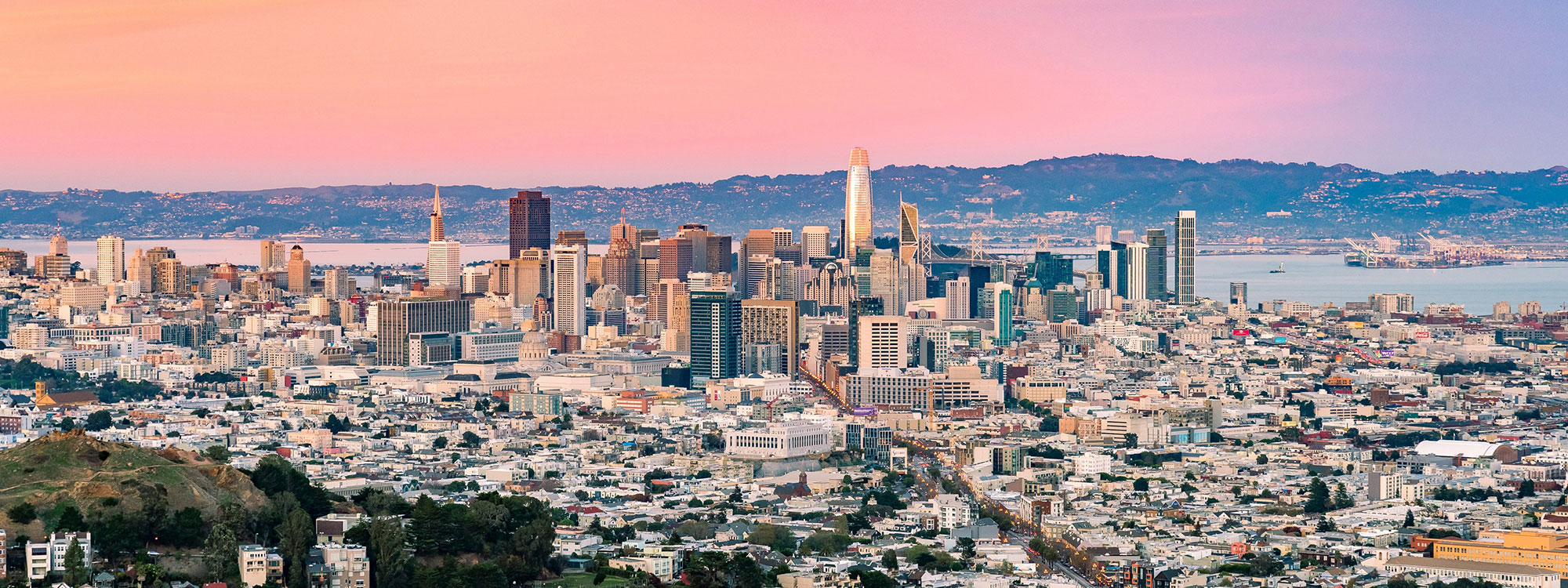The critical issues facing the Bay Area—from transportation and housing to the economy, the environment, and social equity—are probed in the Metropolitan Transportation Commission/Association of Bay Area Government’s (MTC/ABAG) new 90-plus page Futures Final Report, Resilient and Equitable Strategies for the Bay Area’s Future.
This is the final report of the Horizon initiative, which explored how the Bay Area may fare in an uncertain future, and how it could respond to uncertainty in the years ahead. Throughout 2018 and 2019, the MTC/ABAG advanced the Horizon initiative to explore a wide range of challenges for the Bay Area’s future.
The Futures Final Report explores how different strategies could put the Bay Area on a more resilient and equitable path forward over the next 30 years. It includes specific recommendations to build a stronger foundation for Plan Bay Area 2050, the next long-range regional plan currently under development.
The report also represents the beginning of critical conversations, which will stretch through much of 2020. Should the Bay Area encourage housing development in a broader range of geographies—beyond Priority Development Areas—to achieve equity and sustainability goals? How should the Bay Area weigh trade-offs between critical transportation investments, especially if new revenues become available? And how can local jurisdictions and the region work together to fund critical needs to prepare for sea-level rise and earthquakes?
To move toward a Bay Area that is affordable, connected, diverse, healthy, and vibrant for all, new strategies will be needed in the years ahead. Here’s a sampling of what the report observed on core topics:
- Affordable: Achieving a greater share of affordable homes will require a robust suite of strategies, from new regional revenues for affordable homes to greater densities near public transit.
- Connected: Reducing the number of automobile trips will be essential for the Bay Area to achieve its state-mandated greenhouse gas target in Plan Bay Area 2050. Roadway pricing and transit investments can play roles in supporting this.
- Diverse: To advance a more inclusive regional land-use strategy, more affordable homes are needed, especially in high-resource communities with the greatest economic opportunities.
- Healthy: Resilience strategies—from sea level rise protections to retrofits of aging Bay Area homes—can drastically lessen climate, earthquake, and other hazardous effects on the Bay Area’s economy, infrastructure, and housing market.
- Vibrant: Partnering with state and federal governments will be key to growing middle-class employment. Exploring strategies that reduce volatility in these jobs may reduce the damaging effects seen in the last recession.
Read the full Future Final Report by clicking here.
Questions? Feel free to contact us today!
Photo: Gordon Mak via Unplash





